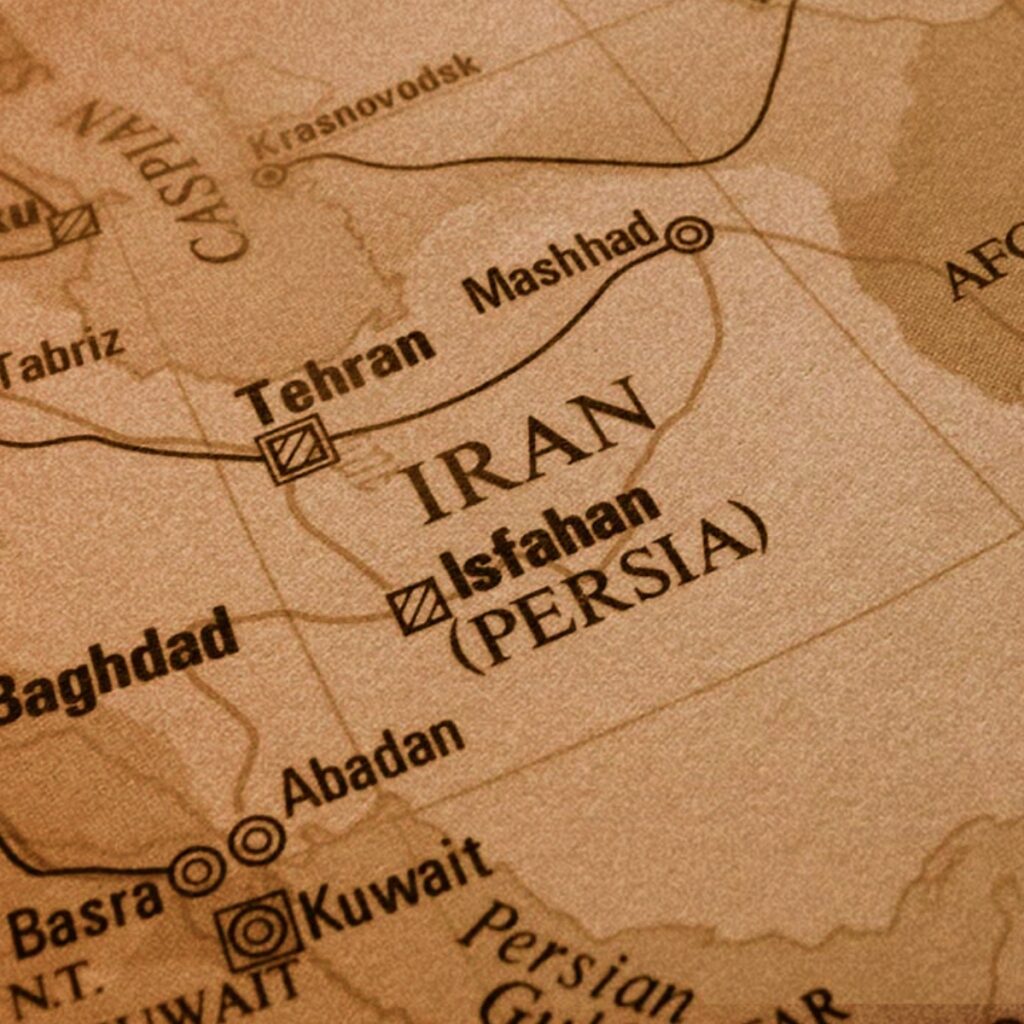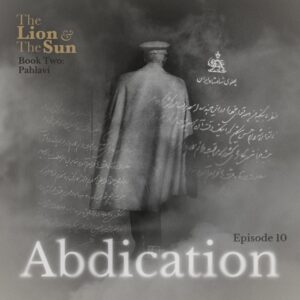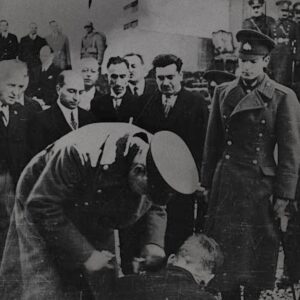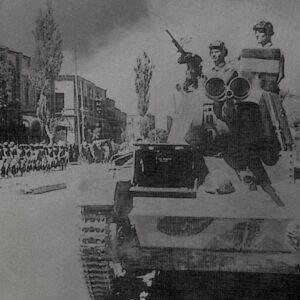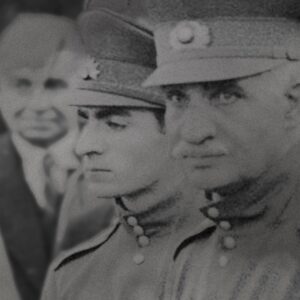The names “Iran” and “Persia” are often used interchangeably, yet they carry distinct historical, cultural, and political connotations. For centuries, “Persia” was the name most commonly associated with the country in the Western world. It evoked images of ancient empires, rich cultural heritage, and legendary tales. However, the name “Iran” has been in use within the country itself for millennia, rooted deeply in the nation’s identity. Understanding the difference between these two names is crucial for grasping the broader historical and cultural narrative of this ancient civilization.
In this blog post, we will explore the historical context behind the names “Iran” and “Persia.” We’ll examine the significance of the official name change implemented by Reza Shah in 1935. By delving into the origins and meanings of both names, we aim to clarify which name is correct to use today.
The Persian Origins: From Myth to Geography
The name “Persia” originates from the ancient region of Pars (or Fars), located in the southwestern part of modern-day Iran. This area was the heartland of the Persian Empire, ruled by the Achaemenid dynasty from the 6th century BCE.
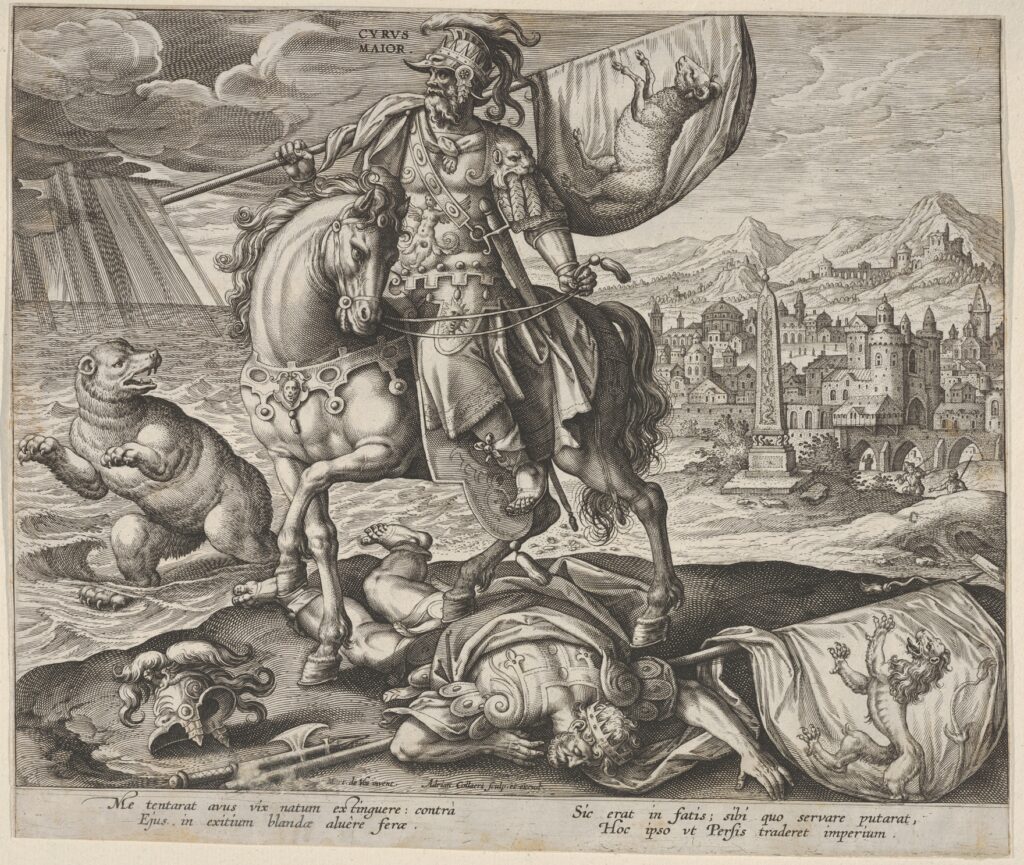
Ancient greeks believed that the name “Persia” was derived from the Greek Persis.
The association of the name “Persia” with the Greek god Persis is rooted in ancient Greek mythology and linguistic interpretation. The Greeks, encountering the Persian Empire during their early interactions and conflicts, sought to understand and categorize this vast and powerful civilization through their own cultural lens. Some Greeks believed that the name “Perses,” which they used to refer to the land of the Persians, was derived from Persis, a minor figure in Greek mythology, thought to be a son of Perseus, the famed hero who slew Medusa.
This mythological connection, however, is largely a product of the Greeks’ attempt to relate foreign cultures to their own pantheon of gods and heroes. In reality, the name “Persia” is derived from Pārsa, the Old Persian name for the region of Pars (modern-day Fars.) A region that was the heartland of the Persian Empire.
The Persian Influence: How Persia Became The Default Name
As the Achaemenid Empire expanded, it became one of the most powerful and influential empires in the ancient world. It spread its influence across a vast territory that stretched from the Indus Valley to the eastern Mediterranean. Consequently, the name “Persia” became synonymous with the entire empire. By extension, it also became synonymous with the country itself in the eyes of the Western world.
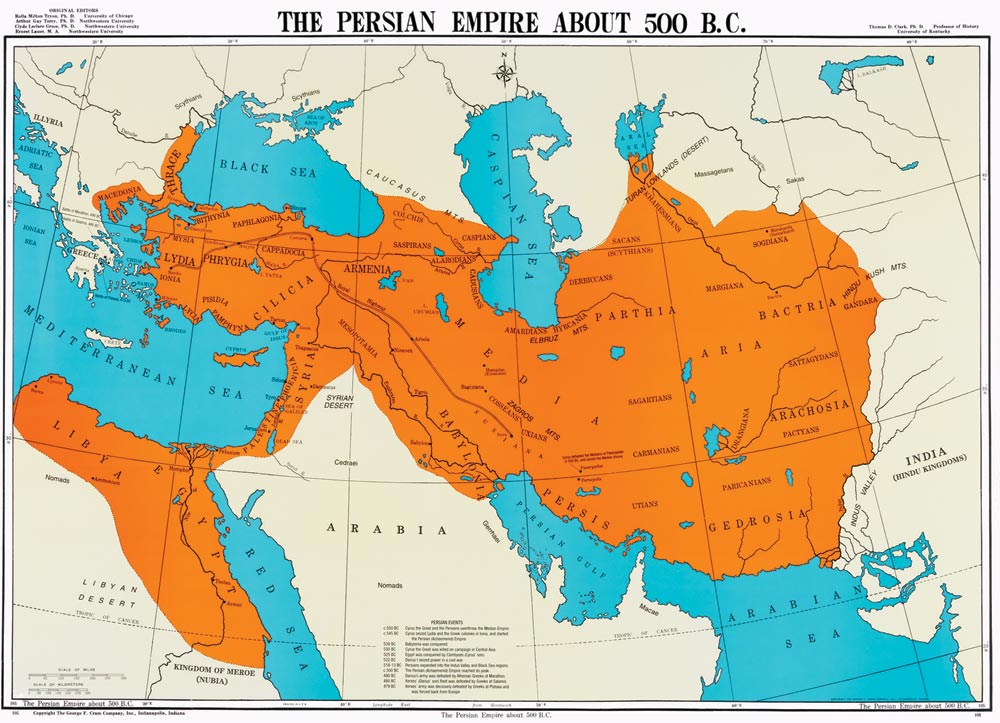
Throughout history, “Persia” remained the name by which the Western nations referred to the country. Even as different dynasties and empires rose and fell within its borders. The cultural and historical significance of the name “Persia” is profound. It conjures images of the grandeur of the Achaemenid Empire, the intellectual and artistic achievements of the Persian Renaissance. It also reminisces the rich cultural heritage that influenced much of the world. For many in the West, “Persia” is associated with exoticism, wealth, and ancient wisdom. This is largely due to the legacy left by poets, philosophers, and artisans who thrived under Persian rule. This association persisted for centuries, further solidified by the romanticized depictions of Persia in literature and art.
However, the term “Persia” was primarily used by external observers and was never the official name of the country. While the name carried a deep cultural significance, it was more reflective of how the ancient and medieval Western world perceived the region.
Iranian Connection: The Historical Use of “Iran”
The name “Iran” has its roots in the word Aryan. It historically refers to the Indo-Iranian peoples who migrated into the Iranian plateau and the Indian subcontinent around 1500 BCE. The term “Iran” itself is derived from Ērān, a Middle Persian term meaning “the land of the Aryans.” This name echoes the country’s ancient heritage and its inhabitants’ self-identity. It showcases a connection to the Aryan tribes that played a foundational role in the development of Iranian civilization.
Throughout history, the name “Iran” was used domestically by its inhabitants, long before it gained international recognition. In ancient texts, such as the Avesta (the sacred scriptures of Zoroastrianism) and the inscriptions of the Sassanian kings, the term “Ērān” frequently appears, signifying the land under their rule. This historical usage underscores the fact that “Iran” was always more than just a geographical designation. It was a term contextualized with cultural and national significance. It symbolized the unity and heritage of the people who lived there.
The connection between “Iran” and the Aryan identity is central to the country’s national narrative. The term “Aryan” originally described a group of Indo-European speaking people who shared linguistic and cultural traits. In Iran, this term came to represent not just an ethnic identity, but also a broader cultural and spiritual one. By officially adopting the name “Iran” in 1935, Reza Shah aimed to reinforce this connection. It was aimed at emphasizing the country’s ancient roots and its place within the ancient Aryan civilizations. This shift was also part of a broader effort to assert the nation’s sovereignty and identity in the 20th century.
From Persia to Iran: Reza Shah’s Name Change
Before Reza Shah’s reign, the country did not have a universally recognized official name, particularly on the international stage. While the inhabitants of the land referred to it as “Iran”, the outside world primarily knew the country as “Persia.” This name had been used by Western nations, largely due to the influence of ancient Greek and Roman writings. Which still had memories of the vast empire ruled by the Achaemenid dynasty. The name “Persia” became deeply ingrained in Western consciousness, often symbolizing the nation’s rich cultural and historical heritage. However, this name reflected an external perspective and did not resonate with the internal identity of it’s people. This lack of an official, internationally recognized name highlighted the need for a more unified and accurate representation of the nation, a gap that Reza Shah sought to fill with the adoption of the name “Iran.”
In the Lion and the Sun podcast, we talk about the rise of Reza Khan. In episode 9 we tell the story of how the Qajar dynasty became extinct and Reza Shah became the undisputed ruler of the land. After his coronation, Reza Shah wanted a fresh start with his country.
You can listen to our show on Apple, Spotify or all other podcast apps.
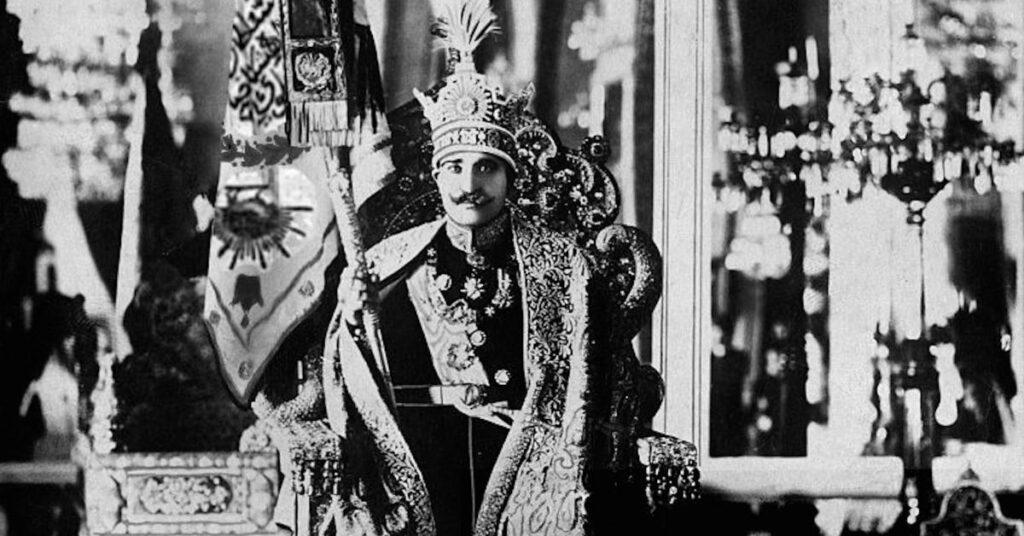
Reza Shah’s decision to officially change the name of the country from Persia to Iran in 1935. A decision that was driven by both political and cultural motivations. Politically, Reza Shah sought to assert the nation’s sovereignty and independence in a rapidly modernizing world. This change was intended to reflect the country’s indigenous name and its Aryan heritage. Reza Shah believed “Persia” had connotations tied to a colonial past. At the same time, “Iran” was a more modern and authentic representation of the nation’s identity.
The Reasons Behind Reza Shah’s Name Change
Culturally, the name change was part of Reza Shah’s broader efforts to modernize and centralize Iran. It included included sweeping reforms in education, the military, and infrastructure. By adopting the name “Iran,” Reza Shah sought to foster a sense of national unity and pride. He wanted to reinforce the idea that the country was not just a relic of the past. That Iran was a dynamic, modern state with an ancient and honourable heritage. The shift from “Persia” to “Iran” was also intended to align the country’s image more closely with its future aspirations. It aimed to distance it from the romanticized, often outdated views held by many in the West.
The process of changing the name was formalized in 1935. In the winter of that year, Reza Shah issued a directive to foreign embassies. It instructed them to use “Iran” in official documents and correspondence. This change was met with mixed reactions both within and outside the country. Domestically, there was some resistance, particularly from those who felt a strong attachment to the name “Persia” and its historical and cultural connotations. Internationally, the transition was gradual. As many countries and publications continued to use “Persia” for some time, either out of habit or due to a lack of familiarity with the new name. Over time, however, “Iran” gained widespread acceptance, and today it is the name recognized and used universally.
Cultural Implications of the Name Change
It is important to note that while the Persian Empire expanded and came to represent the entire country in the eyes of the outside world, the name “Persia” was, in essence, a narrow designation that did not fully capture the diverse and multifaceted identity of the nation. In the literal sense, Persia was referring to just one of the many tribes living in the region, specifically the Persians of the province of Pars (Fars.)

On the other hand, “Iran” was a name that could encapsulate the whole identity of the country, with its numerous tribes and ethnic groups, each contributing to the rich cultural and historical tapestry of the nation. By officially adopting “Iran,” Reza Shah ensured that the name of the country reflected not just a single tribe or region but the entirety of its people and their shared heritage, presenting a unified identity to both its citizens and the world.
The name change also sparked debates about identity, nationalism, and the balance between tradition and modernity. For some, the adoption of “Iran” was a necessary step toward reclaiming the nation’s autonomy and self-definition in the face of foreign influence. For others, it was seen as an unnecessary departure from a name that had long been associated with the country’s rich cultural legacy.
The Resurgence of “Persia”
In recent years, with growing dissatisfaction among the population with the Islamic Republic of Iran, there has been a notable resurgence in the use of the name “Persia” by some Iranians and their descendants, especially within the diaspora.
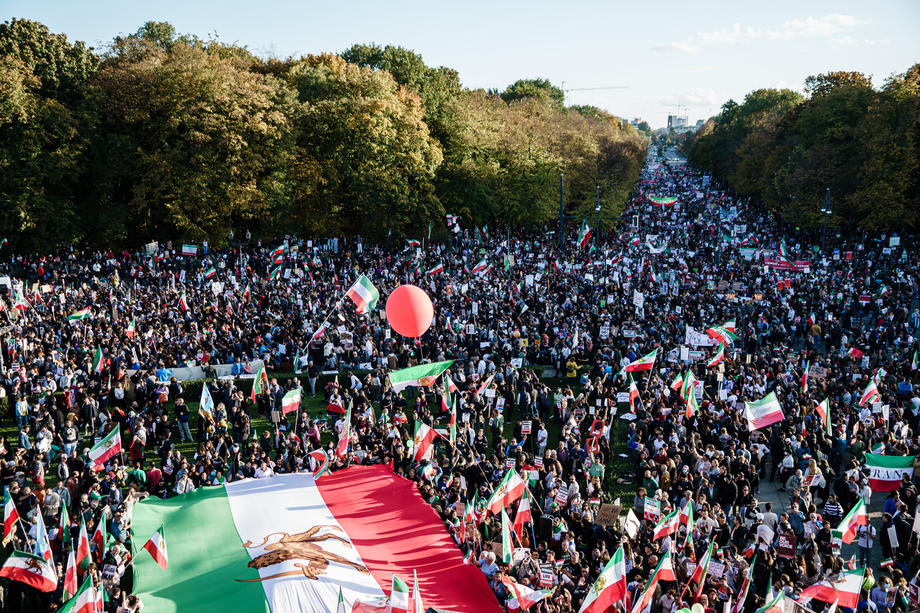
This trend reflects a desire to differentiate themselves from the current regime and its policies. Policies that many feel do not represent the true spirit or identity of the Iranian people. By reverting to the name “Persia,” these individuals seek to evoke a connection to the pre-Islamic heritage. To a rich cultural history that predates the establishment of the Islamic Republic. For them, “Persia” symbolizes a time of greater cultural openness and global respect, and using this name serves as both a form of protest against the current regime and a way to reclaim a sense of pride in their ancient and diverse heritage. This shift underscores the complex relationship between national identity, political realities, and the names by which a country is known, highlighting how these names can carry powerful connotations and serve as markers of identity and resistance.
The Irony of Persian Identity
While the resurgence of the name “Persia” among some Iranians and their descendants is understandable as a form of cultural reclamation and resistance against the current regime, it’s important to note that this shift carries a certain irony. The name “Iran,” which many are now distancing themselves from, was originally adopted by Reza Shah in 1935 as part of his efforts to modernize the country and strengthen its national identity. The name “Iran” was chosen precisely because it encapsulated the entire nation, reflecting its ancient heritage and diverse population, far beyond the singular tribe of the Persians. In this context, the return to “Persia” might overlook the historical reasons for the adoption of “Iran” in the first place, as it was intended to unify the various ethnic and cultural groups within the country under a common identity.
So … Is it Iran or Persia?
While Iran and Persia are often used interchangeably, they carry different historical and cultural connotations. “Persia” was the name known to the Western world for centuries, symbolizing the grandeur of ancient empires. In contrast, “Iran,” rooted in the country’s indigenous identity, was officially adopted in 1935 by Reza Shah to reflect the nation’s ancient heritage and modern aspirations. This change aimed to unify the country’s diverse population under a common identity, although “Persia” still resonates with many, especially in the diaspora, as a symbol of cultural pride and historical depth.

